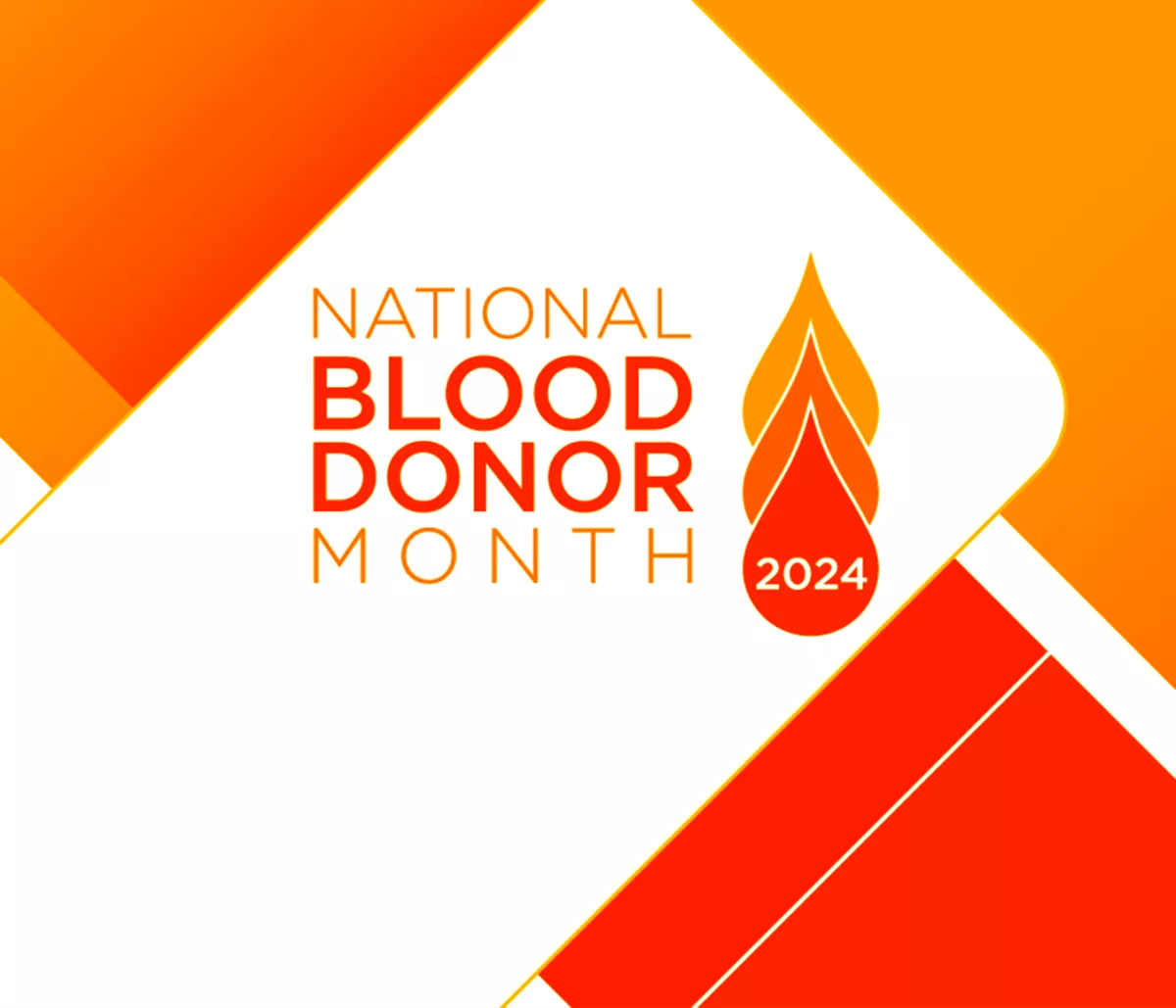Blogs
Medicare to Medicaid: A How-To Guide
August 12, 2019Here’s a question we get asked a lot via Live Chat, “I need a home health aide for my loved one but they only have Medicare, not Medicaid. Can you help?”
The short answer is, “Yes, we can.”
At True Care, our intake specialists are trained to handle these unique cases. For the purposes of this blog, we turned to our Director of Business Development, Michael Kleinman for answers. We asked Michael what happens when someone comes in asking for home care services, they need an HHA to come to their home, but they have Medicare, not Medicaid.
TC: What’s the first step?
MK: The first step is one of our intake representatives will reach out to you and determine if they need long term care services which would mean they need a permanent home health aide to come to their home. Don’t fear, we can still get you Medicaid.
We will first refer you to a Medicaid specialist company we work closely with who will request the following documents:
Current Identification
Existing insurance (e.g. Healthfirst, etc).
SS#
Proof of Income
Statement of Resources
The income limit changes every year. This is posted yearly by Medicaid on their website. It will state the highest allowable income for an individual as well as a couple/family. For an individual, in 2019, the income limit is currently $859 per month (gross). If you make less than that per month you can to submit proof of that income (such as social security, or a pension statement), proof of current resources (meaning how much you have in any and all bank accounts, life insurance, etc). These cannot exceed $15,450 among all your resources. In addition, you will need a proof of address (e.g. utility bill, etc).
Simplest case scenario:
If you have all of the above and submit these together to the Medicaid specialist company. They will present all your documents for you to the Medicaid office. There is an office in Downtown Brooklyn which is the closest to True Care’s main headquarters.
Within 4-6 weeks you should have a Medicaid ID and can then start the process to receive long-term care services at home. Should the client (you or your loved one) have a medical condition that requires them to receive expedited Medicaid coverage, in addition to all of the above, they will need a letter from their doctor stating that due to the patient have the following medical conditions (list the 3 main conditions) the patient needs expedited Medicaid. Send that with everything else and within 1-2 weeks you should have Medicaid coverage and we can send an HHA to your home to care for you.
TC: What happens when you are over this income limit?
MK: The short answer is, “It depends.”
Are we talking about a few dollars more? Or a few hundred dollars more?
Here is the next best-case scenario:
Let’s say you’re making $900 per month. That means this client has what is called a “surplus” or a “spend down” of $41. In this case, you have a couple of options. 1. You can either pay that extra $41 to Medicaid directly (it is advisable to do this for 6 months at a time). Send your check to Medicaid and coverage will be activated within a few days.
TC: What if it is more than just a few dollars?
MK: Say a client makes $1200 per month in income and we take away $859 that leaves them with a surplus of $341 per month. Now, most people can’t pay $341 a month and they certainly can’t afford to send this amount 6 months at a time.
TC: So, what are their options?
MK: This is where the second option comes into play, which is to use a Pooled-Income Trust. Think of the Pooled-Income Trust as a checking account. What happens is this: You have to complete an application for the trust and submit the first deposit of $341 into the account and in addition, a $250 enrollment fee (which can be waived if needed). This will go into the trust account every month. You will then deposit the same $341 into the account, either electronically transferred or via written check. The trust is managed by a non-profit organization that is overseen and audited by Medicaid. It is completely legal! This is a loophole in the Medicaid system that Medicaid itself, until recently, was quiet about it but more recently they have been informing people about this.
TC: So what you can do with this money?
MK: You can use this account for your expenses such as food, clothing, rent, utility bills, etc. The only thing they charge is a 10% maintenance fee. However the minimum they will take out is $30 and the maximum is $200. So if your surplus is $5000 they will not take $500 as their fee, they will only take $200. However, if your surplus is under $300 they will charge the minimum, $30 per month.
TC: What can’t you use the account for?
MK: You can’t use it for any unhealthy item like alcohol or cigarettes.
TC: Is there paperwork attached?
MK: Yes. When you submit these documents the trust application is submitted to Medicaid and it will be reviewed by a team of nurses and lawyers. This takes about 8-12 weeks to be approved. This is on top of the 4-6 weeks for your Medicaid application. Which is quite a bit longer of a process. However, if you submit the Medicaid application and the trust application together both applications will be reviewed simultaneously and you will be ready to go within 8-12 weeks.
TC: What does the Pooled-Income Trust do?
MK: By creating the Pooled-Income Trust you are able to keep most of your money. Because you are only losing the maintenance fee, the rest of the money you get to use for yourself. If you think about it, you are getting Medicaid, which is full medical coverage, no medical bills, and you’re getting free home care services because you will now be eligible for long-term care. That’s a lot of money you are saving just by paying “X” amount of dollars into the Pooled-Income Trust. In return, you are getting thousands of dollars worth of medical care.
I like to say “Gold is nice but the real gold is in having Medicare and Medicaid.” And with this, you get to keep both.
Now there are more complicated scenarios that may occur, such as if you own property like a house or an apartment, or if you have more than $15,000 in resources. There are ways to still acquire Medicaid but it will be a bit more complicated because there are many factors involved which is something you would need to discuss when you enroll on a case-to-case scenario.
At the end of the day, it is definitely possible. And what it really comes down to whether you are willing to do the Pooled-Income Trust. My advice is, if you do need the care, there really is no reason not to do it.
No comments found.Leave a Comment

Breaking Barriers in Healthcare: The Inspiring Stories of Black American Trailblazers during Black History Month
During Black History Month, it is important to recognize and celebrate the incredible achievements and contributions of Black Americans in various fields. In the healthcare industry, Black Americans have played a crucial role in breaking barriers and paving the way for future generations. True Care Home Care is honored to highlight the inspiring stories of […]

10 Heart Healthy Tips
February is Heart Health Month, a time dedicated to raising awareness about cardiovascular health and promoting healthy habits. Taking care of your heart is essential for overall well-being and longevity. Whether you’re young or old, it’s never too early or too late to start prioritizing heart health. In this article, we will provide you with […]

The Top 10 Most Common Winter Ailments: What You Need to Know
The Top 10 Most Common Winter Ailments: What You Need to Know During the winter months, many people experience a variety of ailments that are specific to the season. These ailments can range from common colds and flu to more serious conditions like pneumonia and bronchitis. At True Care, your priority is your health so […]

Essential Tips for Keeping the Elderly Healthy and Happy in Winter
10 Essential Tips for Keeping the Elderly Healthy and Happy in Winter As the winter season approaches, it is important to ensure the health and happiness of our elderly loved ones. The colder temperatures and harsh weather conditions can pose significant challenges to their wellbeing. That is why True Care Home Care has compiled a […]

Saving Lives One Drop at a Time: Celebrating National Blood Donor Month
Saving Lives One Drop at a Time: Celebrating National Blood Donor Month Every January, National Blood Donor Month is celebrated in the United States to raise awareness about the importance of blood donation. This month-long campaign aims to honor the individuals who make a difference by donating blood and saving lives. By shedding light on […]
